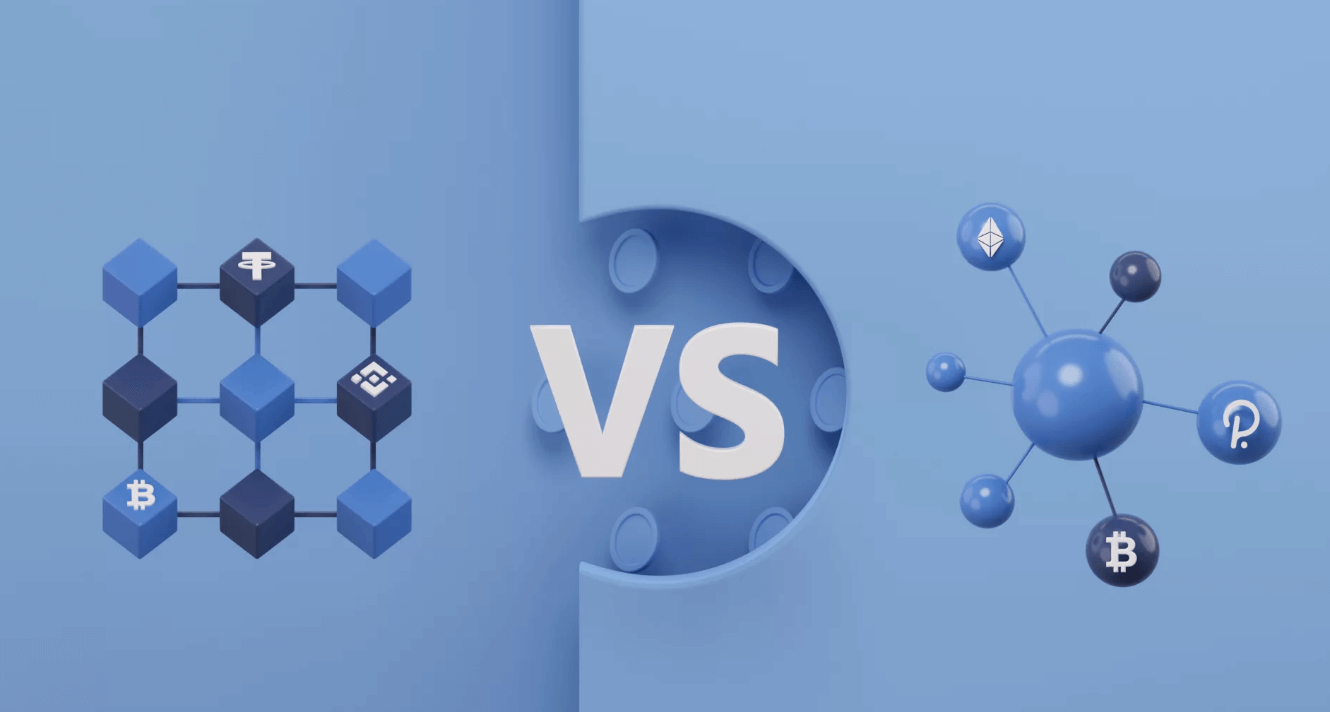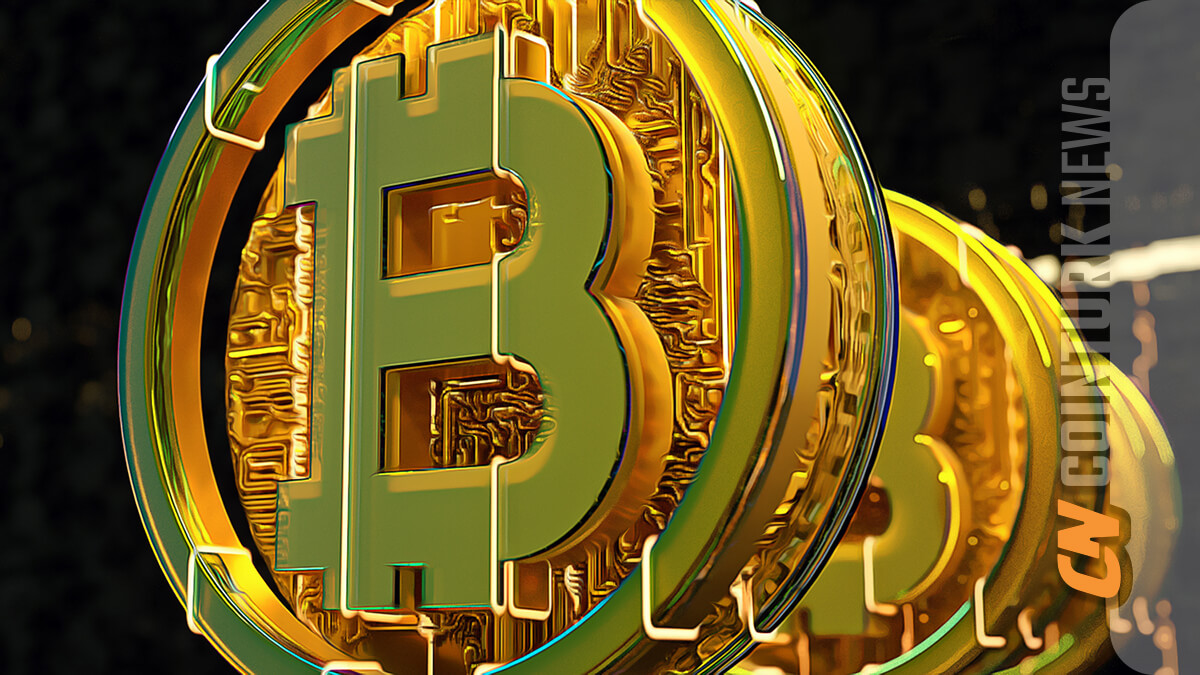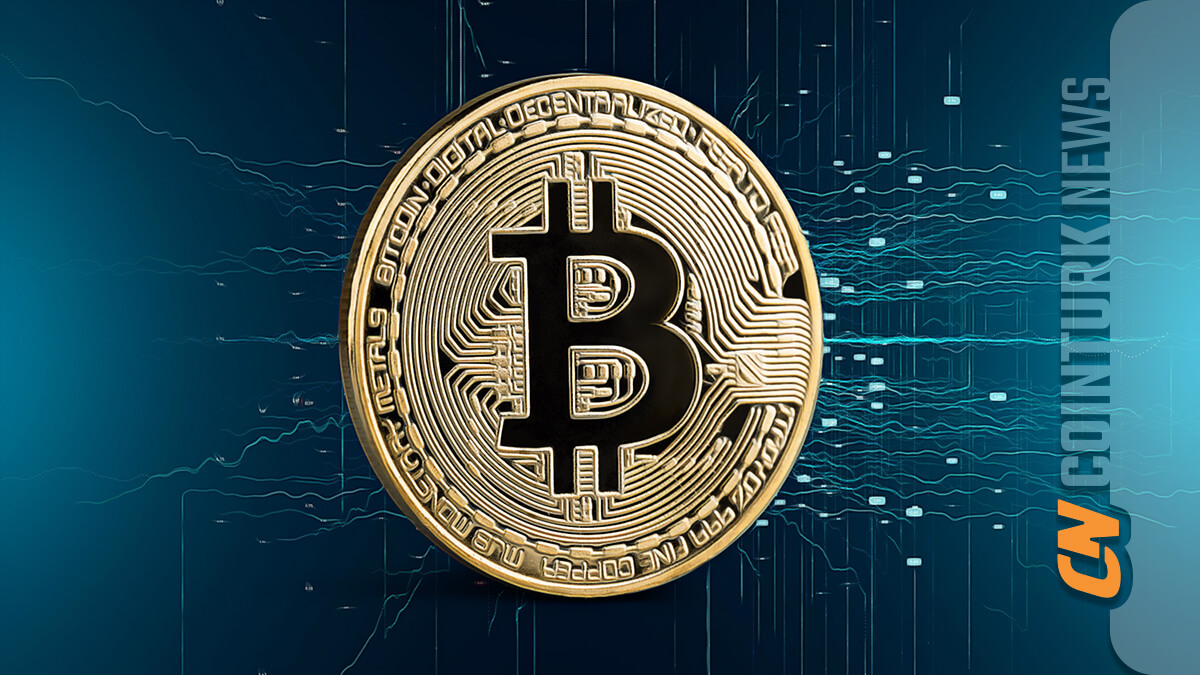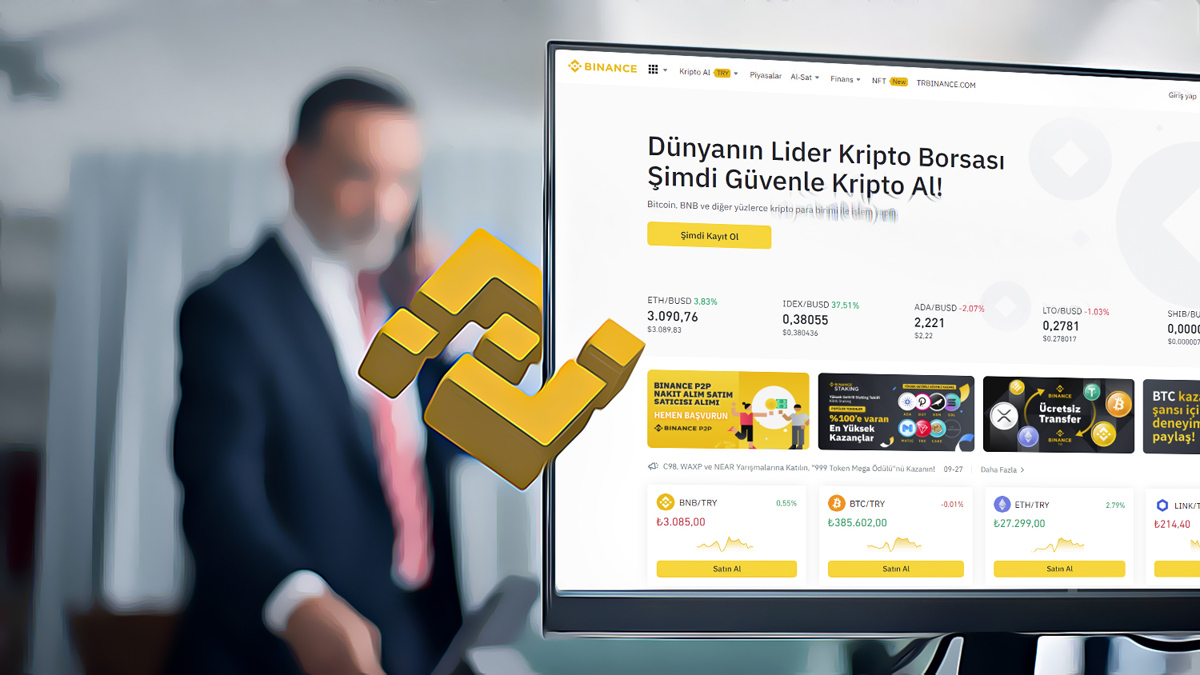Uniswap (UNI), a popular altcoin project and decentralized exchange (DEX), has announced its deployment on Polkadot (DOT). The primary objective of this move is to enhance the liquidity and volume of the Polkadot ecosystem.
Uniswap to be Functional on Polkadot within a Month
The decision to deploy Uniswap on Polkadot came after a governance vote was held, with almost unanimous support. This vote was initially advocated by a student education group at UC Berkeley and was eventually implemented by the Blockchain community in Michigan.
Initially, the deployment of Uniswap’s smart contracts was attempted using the Nomad bridge service. However, this latest attempt will utilize the Wormhole bridge.
Uniswap, the world’s largest decentralized exchange (DEX) in terms of daily trading volume, will offer the V3 update to Polkadot users in about a month. This update brings various advantages over previous versions, such as better fund efficiency, more flexible fee structures, and an improved user experience. Uniswap V3 on Polkadot will be available through Moonbeam, a parachain operating on the network.
A Uniswap spokesperson commented on the deployment of Uniswap on Polkadot, stating, “We have always aimed to deploy UNI on Polkadot in some way, shape, or form because UNI is a blue chip and always at the forefront of DeFi innovation.” The spokesperson added that Moonbeam was the initiative that approached Polkadot and permitted them to run the Uniswap V3 smart contract on the parachain in 2022.
Moonbeam was chosen due to its position as Polkadot’s most DeFi-active, parachain-friendly ecosystem, as well as its ability to offer smooth and frictionless deployment of Ethereum virtual machines, much like other EVM chains in the market.
A parachain aims to enhance scalability by ensuring that each transaction doesn’t compete with all other smart contracts on the network. This makes Polkadot a multichain or sometimes called a zero-layer protocol, providing the backbone or infrastructure for different parachains.
Users Turning to Decentralized Exchanges
One of the most significant consumer topics in the crypto world following the collapse of the FTX exchange in November 2022 was whether decentralized exchanges are safer than centralized exchanges (CEX).

Unlike FTX, Binance, or Coinbase, which are all CEX, Uniswap does not interact with banks. To use the exchange, users need to possess some cryptocurrency, making the customer experience somewhat more complex than CEXs. While the user-friendliness of DEXs like Uniswap continues to be a topic of debate, they provide users with more control over their assets than CEXs. This trade-off seems to be well-received.
According to CCData’s Q2 report, the monthly volumes of decentralized exchanges have increased by 27.6% compared to last year. The report noted, “Uniswap V3 has captured a monthly average market share of 50.3% in terms of transaction volume, seizing the leadership of decentralized exchanges.”

 Türkçe
Türkçe Español
Español










